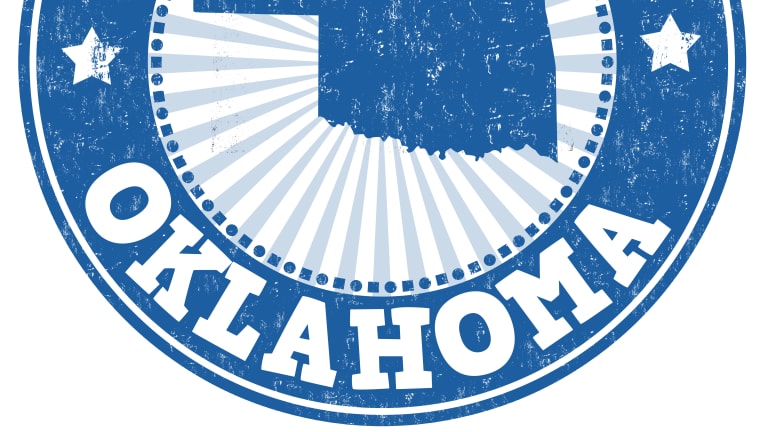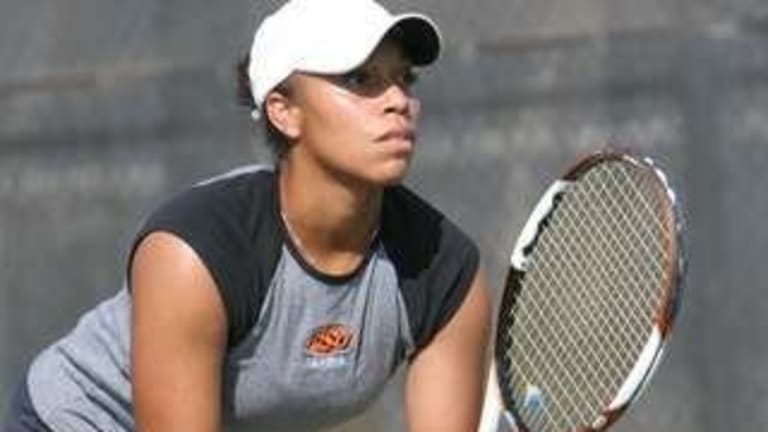It’s been more than 35 years since Ronald Reagan stated, during his first inaugural address, “Those who say that we’re in a time when there are no heroes, they just don’t know where to look.” We discovered heroes in every state, starting with the determined 69-year-old who won a match at an ITF Pro Circuit event earlier this year in the Alabama town of Pelham, and culminating with the coach who has overcome multiple sclerosis to build a winning program at the University of Wyoming. Their compelling stories of courage, perseverance and achievement demonstrate that the message delivered by our 40th President rings as true today as it did then.
Before earning a scholarship to Oklahoma State or launching a professional career on the WTA tour, Yawna Allen found success playing in North American Indian Tennis Association (NAITA) tournaments.
So when the opportunity arose for her to become NAITA’s executive director in 2013, she felt obliged to assist the organization that helped her realize her dreams.
“My goal from that was to be able to introduce as many kids as I could to the sport as a way to—even if they don’t want to play professionally—just have some activity,” says Allen. “It’s a lifelong sport. You can build lifelong friendships through tennis, and just to have that opportunity the same way I did—because it had such a great impact on my life—I felt it was my responsibility to give back.”

